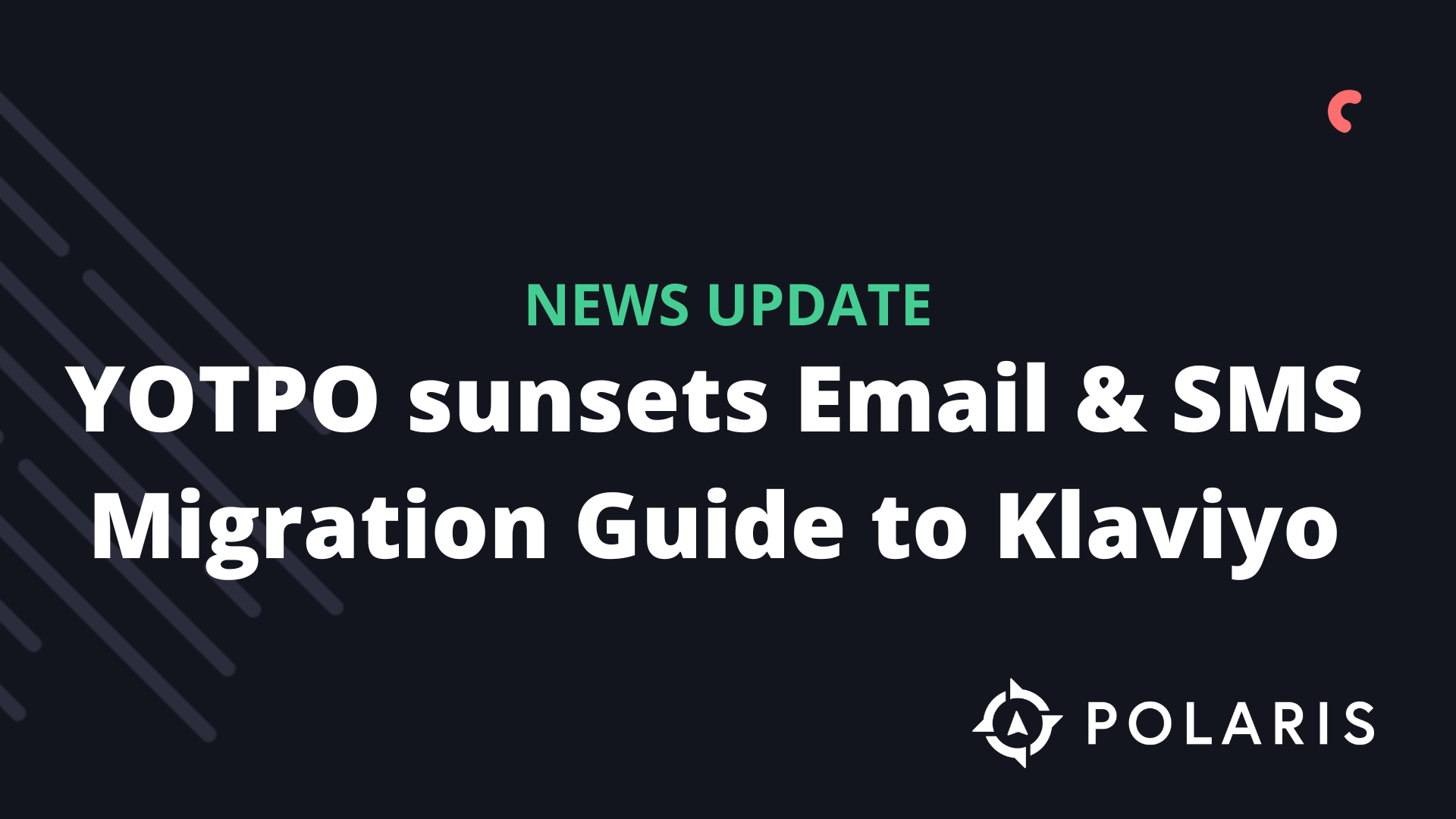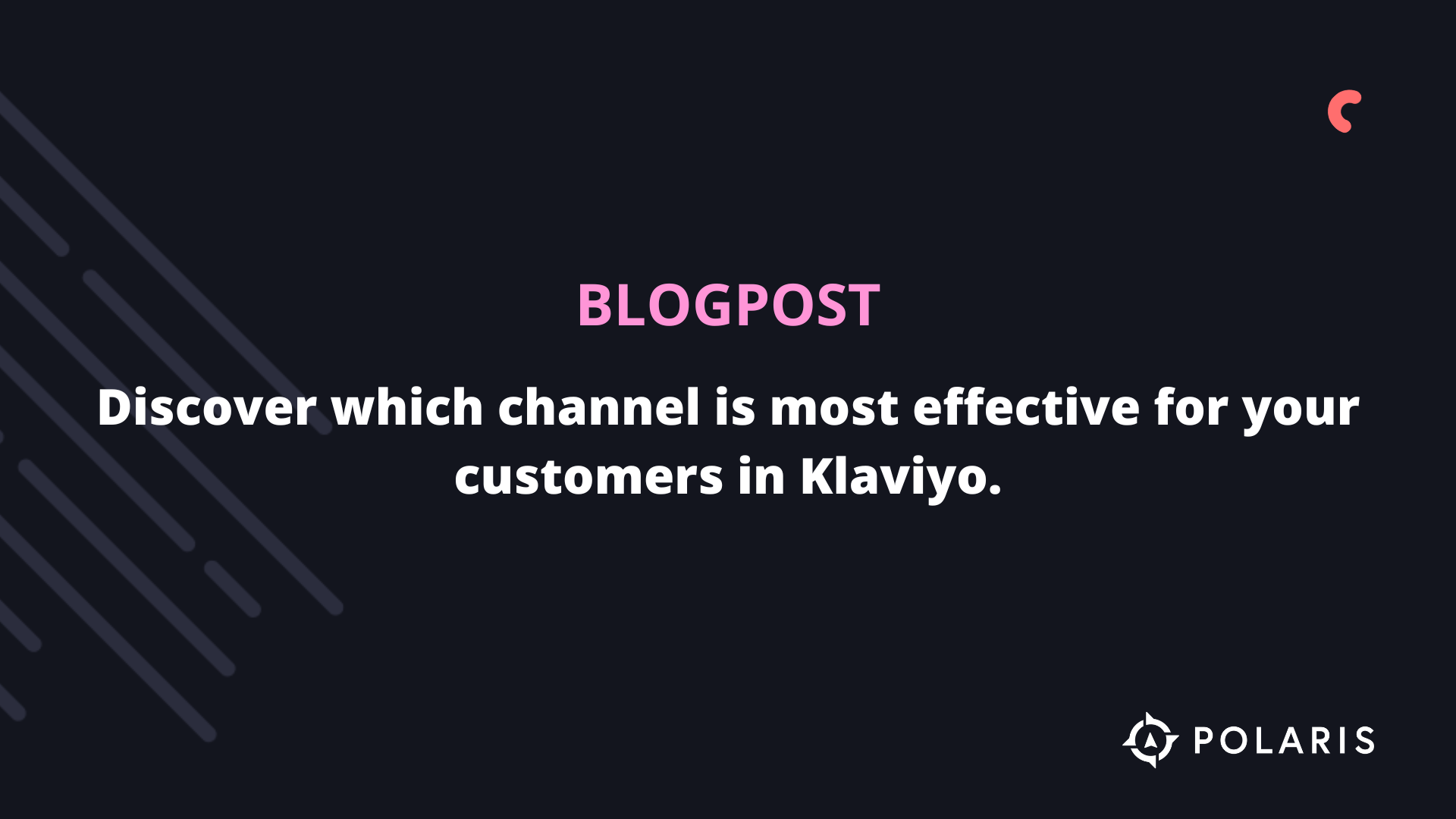Increase Your Online Store's Conversion



The conversion rate is a frequently discussed topic. It tells you something about how efficient the funnel of your online store is. Polaris Growth helps e-commerce brands structurally increase their conversion rates.
But what does that mean? In this article, I will explain what conversion optimization entails and why it is important for your online store.
Find the Weakest Link

To explain how conversion optimization works, I use the example of a traffic jam. When there are too many cars, a bottleneck occurs. You’ve probably experienced it: everything is stuck due to an accident, and suddenly, after the accident, traffic flows again.
To resolve a traffic jam, the only thing you can do is enlarge/widen the bottleneck. If there is an extra lane open at the bottleneck, it resolves the traffic jam.
This might sound absurd, but it’s pointless to create an extra lane in the section after the bottleneck because traffic flows smoothly there.
The same applies to online stores. You need to know where the bottleneck is and focus all your attention on it until the bottleneck shifts somewhere else in your online store funnel.

Conversion optimization works exactly like this: it starts with data to see what the weakest point is—where most people are leaving the funnel.
In this example, you can see data from an online store visualized. 67% of visits to landing pages end up on a product page, and 82% of traffic on a product page makes it to the cart.
An overview of data gives you insight: the weakest link here is from checkout to transaction (51%). This is the lowest percentage, and thus it is the bottleneck.
We often get asked what the benchmarks are for 'good' percentages. Contact us, and we will indicate where you fall within the benchmark.
A Common Misconception in Webshop Optimization
Many entrepreneurs, however, make a critical mistake: “The product page is important too, so let's start there.” While the product detail page (PDP) is indeed significant, it is currently not the bottleneck. Working on the product page in the scenario above is akin to adding more lanes a kilometer before the accident (the bottleneck) of the traffic jam. This simply means that even more cars will be stuck in traffic and does not solve the problem.
The way to approach e-commerce growth is to find the weakest link and address it. Once another step in the funnel becomes the weakest link, you shift your focus.
Finding the Bottleneck Begins with Data
To visualize the funnel using data, you should do the following:
- Set up Google Analytics for your online store
- Link the e-commerce data from your store
- Activate enhanced e-commerce tracking in Google Analytics
- Set up the appropriate filters in Google Analytics for clean data
Conversion Research to Identify Bottlenecks
Conversion research consists of two parts: qualitative and quantitative research. Quantitative data is a numerical study derived from Google Analytics and your store's data. Qualitative research involves interviewing your customers (and those of your competitors!) to find out why your customers buy and what problems they encounter.
Benefits of Quantitative Research
The great advantage of quantitative research is that it is not the opinion of one person but data from many individuals. You zoom out to see where the bottleneck lies. The funnel data image above is the start of a quantitative study.
Examples of Questions We Answer:
- Which landing pages work best for different traffic sources? Sometimes a landing page doesn’t work at all for Facebook or Instagram traffic, costing a lot of money.
- On which device category (mobile/desktop/tablet) are most customers?
- What is the conversion rate per browser, screen resolution, or operating system?
- Which countries, regions, and cities convert the best?
- On which pages do most people drop off?
- Which products are frequently viewed but not purchased?
- What are the top 10 keywords in your online store?
Want to learn more? Download the Shopify Conversion Checklist where Omar explains how to get started with step-by-step guides and screenshots.
Benefits of Qualitative Research
The data tells us where the bottleneck is, but not why it exists. Your customers share with you daily why they don’t buy. The questions only implicitly come through as inquiries to customer service.
Every support question is a hidden conversion tip from your customers. It’s up to you to determine what insights you can draw from the conversation or email.
One of the first meetings we have in a conversion study is with customer service personnel. Polaris Growth translates customer questions into insights to increase conversion. Curious about the questions we ask?
Download our checklist of questions for support.
By combining qualitative and quantitative research, you gain insights into the bottlenecks in your online store. What challenges do customers face? What is unclear?
Improve Your Webshop Pages
Every online store has template pages, such as a category page and a product page. To enhance these pages, we have created several guides:
- Improve the Homepage
- Improve the Category Pages
- Improve the Product (PDP) Pages
- Improve the Cart
- Improve the Checkout
%20(1).png)





